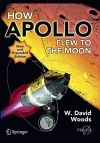
Ei näytä hyvältä. Aika repaleinen on tuo keskimmäinen pyörä.
http://www.marsdaily.com/reports/Breaks_observed_in_Curiosity_rover_wheel_treads_999.htmlA routine check of the aluminum wheels on NASA's Curiosity Mars rover has found two small breaks on the rover's left middle wheel-the latest sign of wear and tear as the rover continues its journey, now approaching the 10-mile (16 kilometer) mark. The mission's first and second breaks in raised treads, called grousers, appeared in a March 19 image check of the wheels, documenting that these breaks occurred after the last check, on Jan. 27.
"All six wheels have more than enough working lifespan remaining to get the vehicle to all destinations planned for the mission," said Curiosity Project Manager Jim Erickson at NASA's Jet Propulsion Laboratory, Pasadena, California. "While not unexpected, this damage is the first sign that the left middle wheel is nearing a wheel-wear milestone,"
The monitoring of wheel damage on Curiosity, plus a program of wheel-longevity testing on Earth, was initiated after dents and holes in the wheels were seen to be accumulating faster than anticipated in 2013. Testing showed that at the point when three grousers on a wheel have broken, that wheel has reached about 60 percent of its useful life. Curiosity already has driven well over that fraction of the total distance needed for reaching the key regions of scientific interest on Mars' Mount Sharp.
Curiosity Project Scientist Ashwin Vasavada, also at JPL, said, "This is an expected part of the life cycle of the wheels and at this point does not change our current science plans or diminish our chances of studying key transitions in mineralogy higher on Mount Sharp.

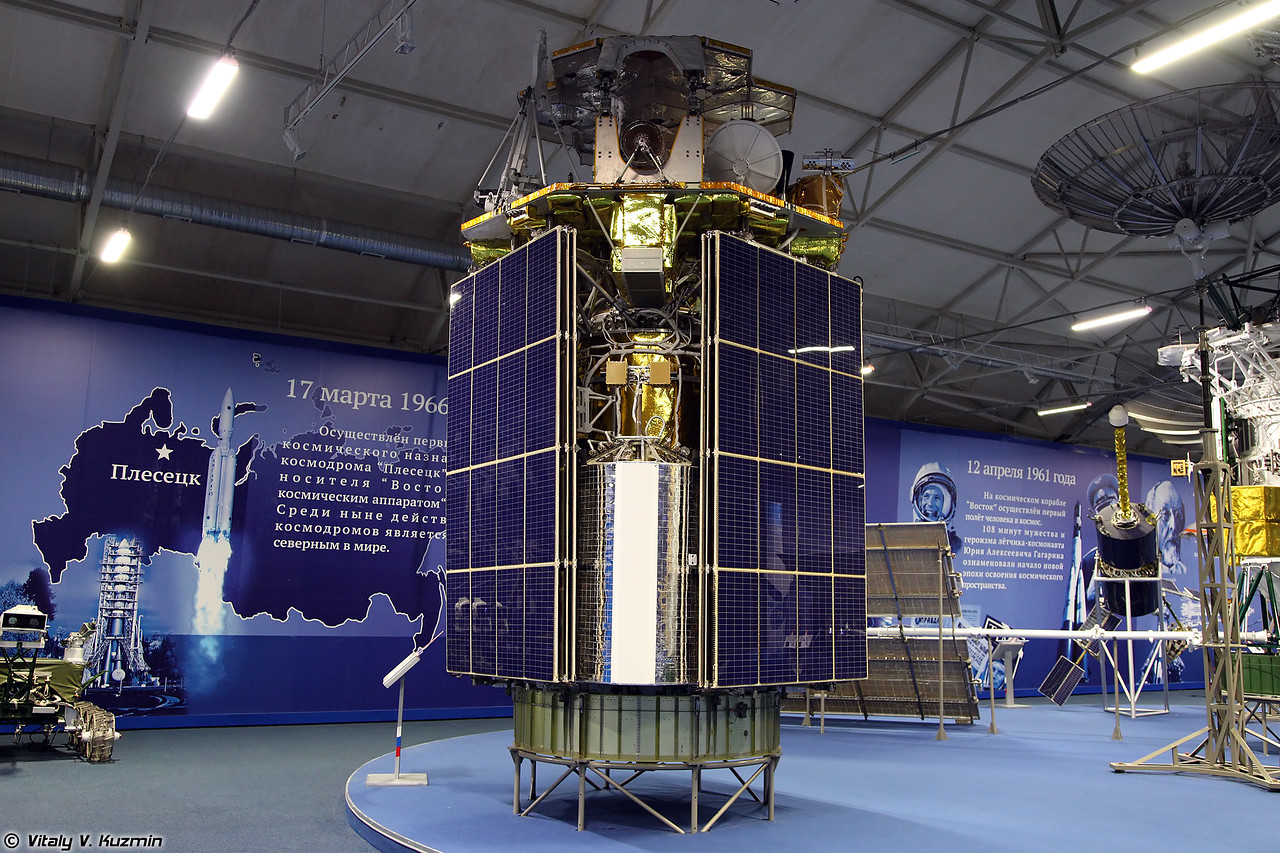
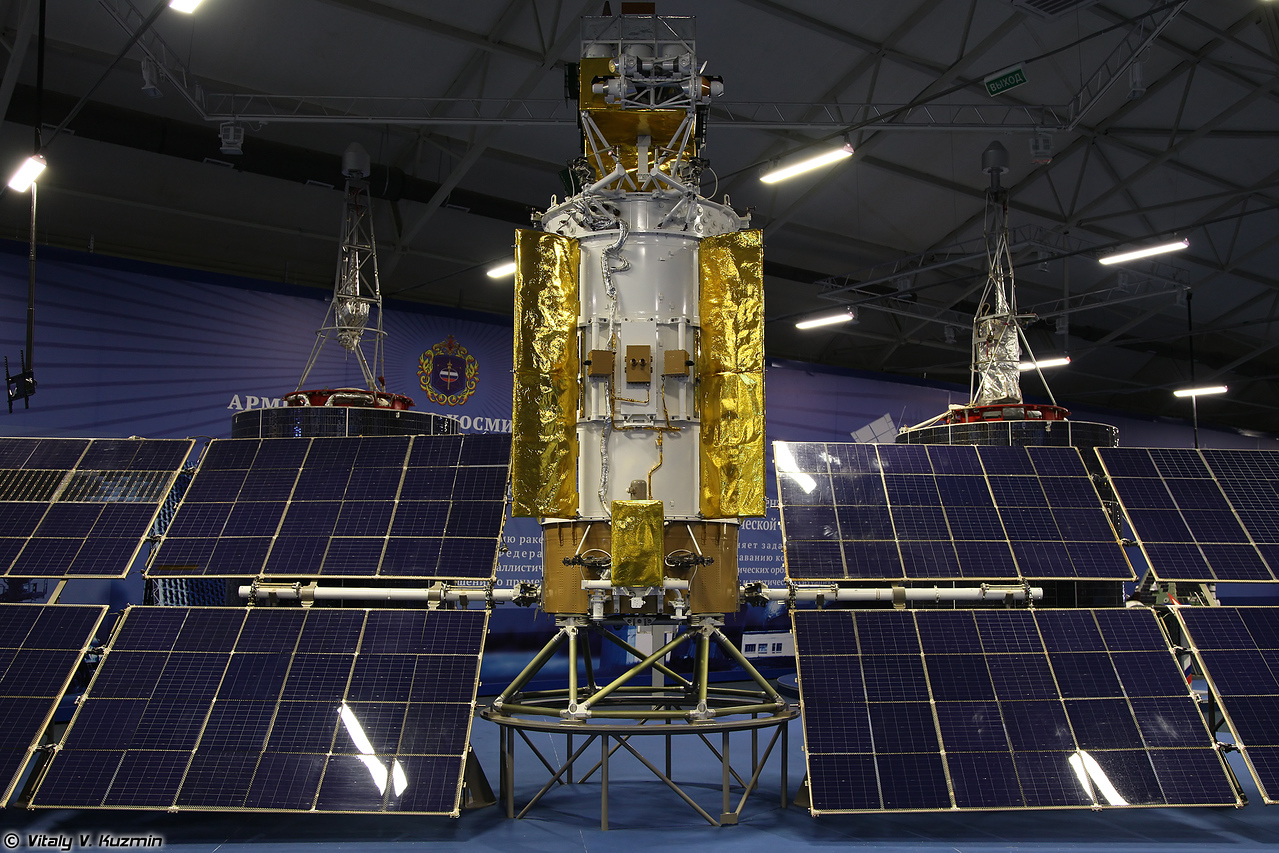

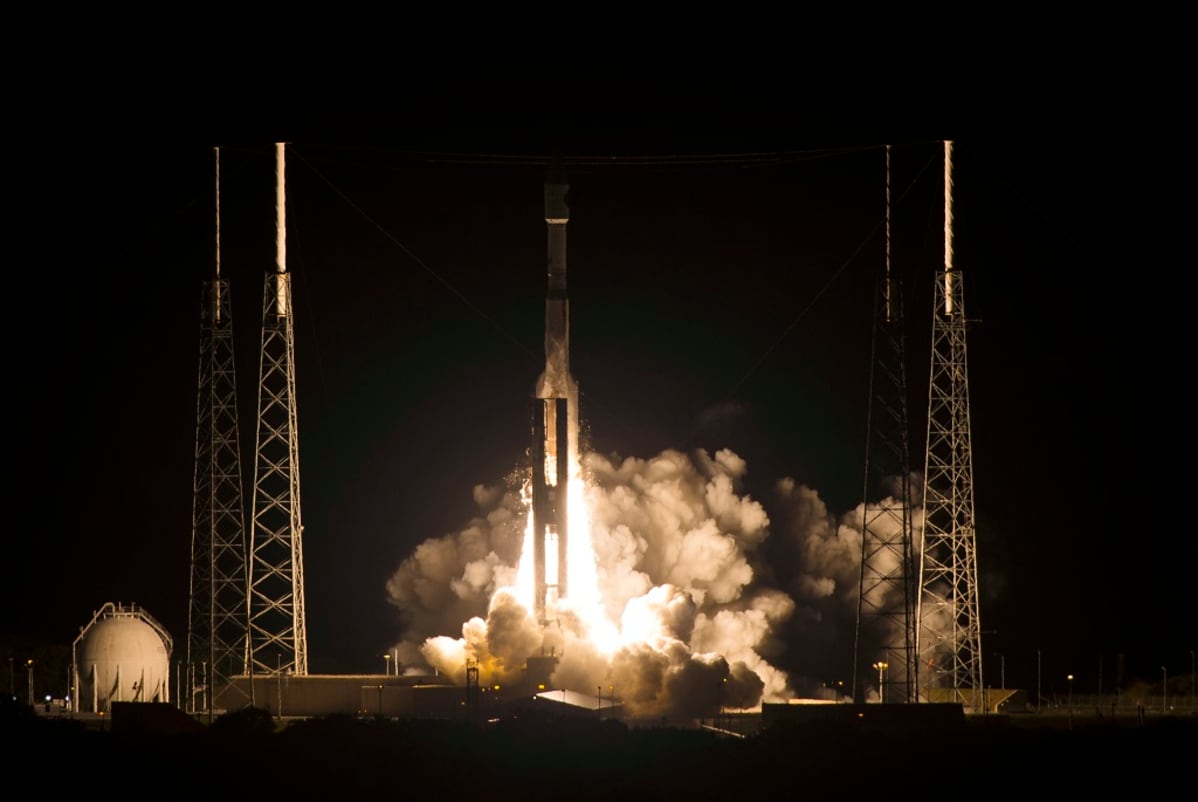

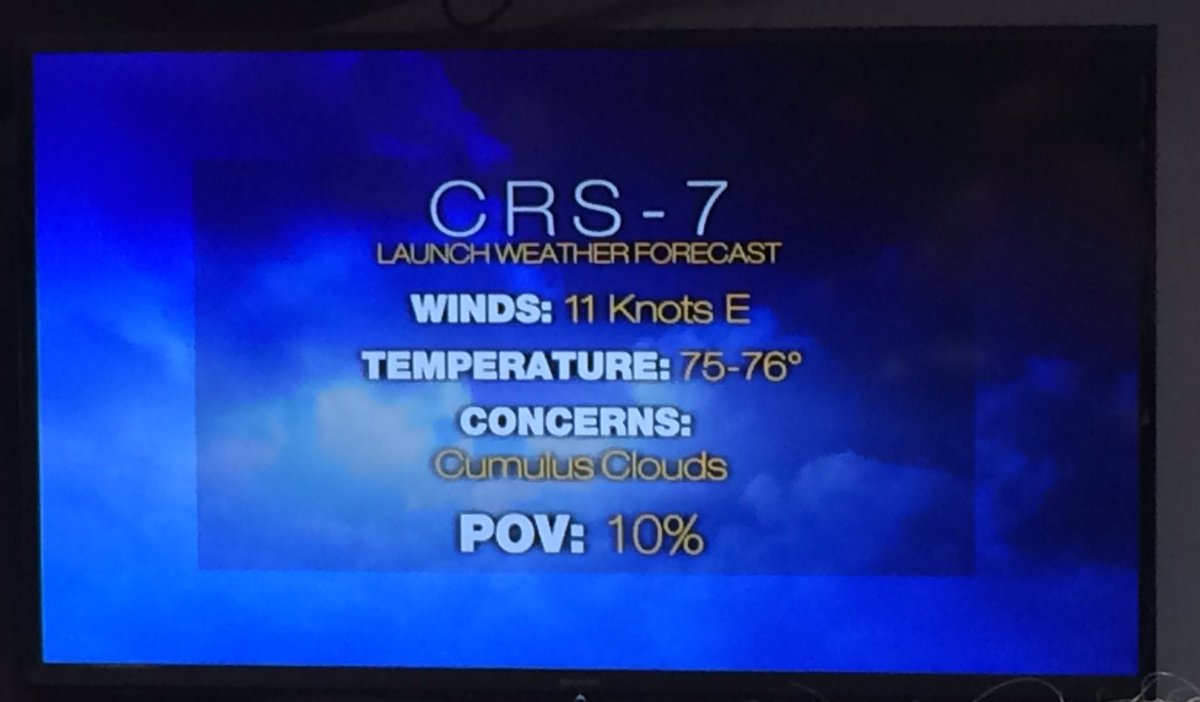
 ULA
ULA 


